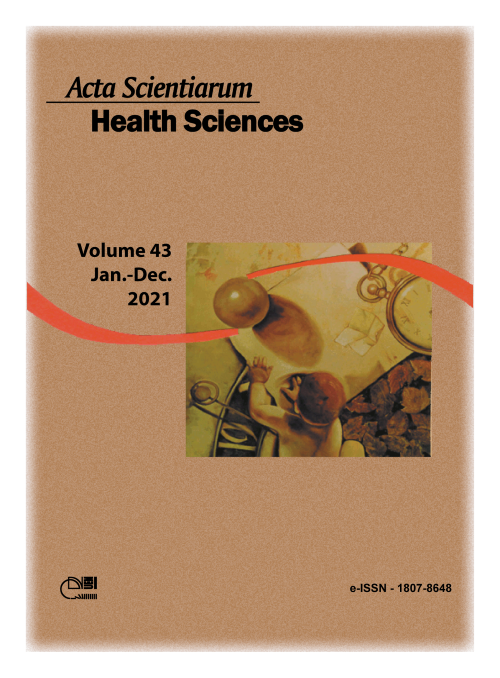Cases of leprosy notified in the municipality of Parnaíba, state of Piauí, Brazil, 2007-2016
Abstract
This study aimed to describe the epidemiological and clinical characteristics of leprosy cases reported in the municipality of Parnaíba, State of Piauí. This was a cross-sectional study of leprosy cases, living in Parnaíba, State of Piauí, reported to the National System of Notifiable Diseases (SINAN), from 2007 to 2016. There were 582 cases of leprosy with hyperendemic detection in the general population in 2008, 2009 and 2016; and under < 15 years of age in 2008, 2014 and 2016, with a predominance of females (53.1%), brown (62.2%), aged 20-64 years (74.7%), complete and incomplete elementary school (56.4%), housewives (20.7%), living in the urban area (87.1%), reported by primary care (69.2%). The most frequent clinical and therapeutic findings were: multibacillary operational classification (53.8%); clinical forms: undetermined (30.6%) and virchowian (24.3%); single lesion (34.8%); no affected nerves (86.7%); degree of disability zero (70.6%); bacilloscopy not performed (26.7%); therapeutic regimen 12 doses (53.7%) and no reaction (70.8%). Regarding the mode of input, predominated new case (88.8%); mode of output, cure (87.9%) and detection mode: spontaneous demand (45.8%). Out of 2,106 registered contacts, 60.6% were examined. Leprosy is endemic to Parnaíba, State of Piauí. It is noteworthy that the hyperendemic detection rates occurred during years when there was intensification of active search for contacts and cases in the population.
Downloads
DECLARATION OF ORIGINALITY AND COPYRIGHTS
I Declare that current article is original and has not been submitted for publication, in part or in whole, to any other national or international journal.
The copyrights belong exclusively to the authors. Published content is licensed under Creative Commons Attribution 4.0 (CC BY 4.0) guidelines, which allows sharing (copy and distribution of the material in any medium or format) and adaptation (remix, transform, and build upon the material) for any purpose, even commercially, under the terms of attribution.
Read this link for further information on how to use CC BY 4.0 properly.























5.png)







